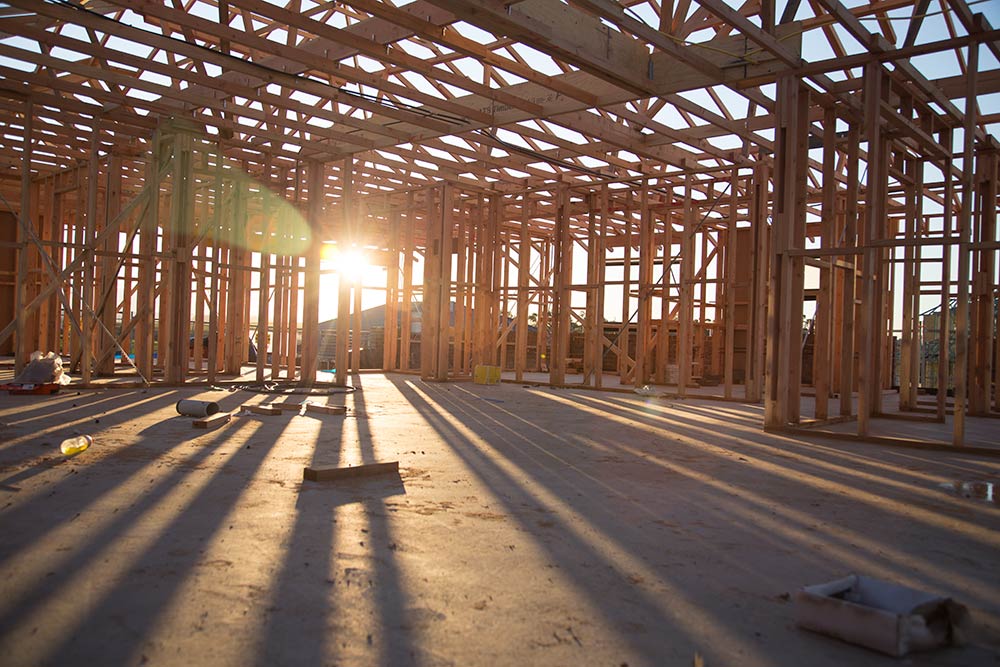 The latest quarterly State of the States report from the Commonwealth Bank of Australia’s securities arm CommSec has highlighted that New South Wales is the top performing state, with dwelling starts a big part of its economic resurgence.
The latest quarterly State of the States report from the Commonwealth Bank of Australia’s securities arm CommSec has highlighted that New South Wales is the top performing state, with dwelling starts a big part of its economic resurgence.
The report said that NSW holds the mantle of the strongest in the nation for new home construction, with starts 51 per cent above decade averages, with Victoria taking second spot, with starts at 35.2 per cent above decade averages.
It’s not surprising that new properties and developments are shooting up across NSW, especially in Sydney’s outer west which is becoming an attractive area to build new estates as speculators are finding existing properties too expensive the closer they go into the innercity and CBD.
Even the new upstart areas in Sydney’s south west like Oran Park have received wide media coverage because of the push to create more decentralised urban hubs to alleviate Sydney’s choking infrastructure problem, which was projected to get even worse if it isn’t mitigated by 2035 at the recent AFR Infrastructure Summit.
Even NSW Minister for Finance and Services Dominic Perrottet hailed CommSec’s report, saying that it confirms that the NSW economy continues to lead the nation.
Mr Perrottet said the government’s Rebuilding NSW plan will make NSW an even stronger economy, with $20 billion going towards new roads, rail, schools, hospitals and cultural institutions.
Although it’s a positive sign for NSW, developers have a slightly different interpretation of the results of CommSec’s latest report.
Urban Taskforce Australia chief executive officer Chris Johnson said that the despite the fact that NSW commenced 3,000 fewer dwellings than Victoria in the January 2015 quarter, the CommSec report lists NSW as the top state for dwelling starts.
“The strange ranking of NSW as being top is explained by the fact that CommSec only takes into account the percentage improvement of the current quarter compared to the decade average,” Mr Johnson said.
He said in the January quarter NSW commenced 13,153 dwellings while Victoria which is 20 per cent smaller than NSW commenced 16,392 dwellings which would appear to be a better performance.
“The trend however has NSW 51.2 per cent above the decade average while Victoria was only 35.2 per cent above the decade average,” Mr Johnson said.
He said the same difference occurs with population increase with Victoria’s growth at 1.75 per cent while NSW growth is 1.38 per cent.
“Clearly the stronger population growth in Victoria is driving their higher production of dwellings than any other state,” Mr Johnson said.
“What the CommSec data illustrates is that NSW has a long way to go to lift its population growth and dwelling commencements to match the Victorian performance.
“Talk of NSW reaching a bubble in its housing production is premature as the under supply over the last 10 years needs corrective action,” Mr Johnson said.
He said the positive confidence in NSW, driven by a clear program of infrastructure investment by the state government, is leading to a new wave of housing projects that increases supply.
“Our reading is that while NSW is number one in the CommSec report on upward trend, we still have a large shortfall of new housing and that this will take some years to correct.”





